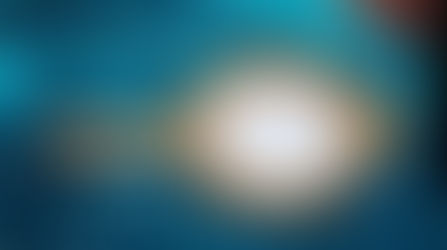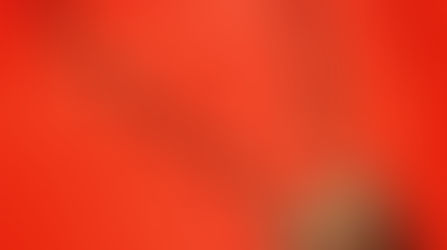The Peacock
- Shithal Bhaskar

- Jul 15, 2018
- 3 min read
"Art can't deny craft, but refuse to acknowledge it. In the end they are still brothers"- Christian Barr

Once, I danced; Under the cloudless canopy, With a dream of yours, What a joyous moment it was! I danced and danced like a peacock, Thought, you will come.... Ah! panorama of yours', blinded, Spotting such a joy, Clouds came and poured, Cloths were wet but I was dry I Opened my eyes, You were not present! Abandoned the dance, And in grief, cried I. O! Disappointment, 'You're the ugly legs of peacock' "Ugly legs of Peacock" -- Aftab Alam
Have you ever fall in love with beauty of Pavo cristatus? Are thinking what is Pavo cristatus ? It is nothing but the Indian Peafowl and Pavo cristatus is its scientific name. Vividly colorful and exuding oodles of grace, the Indian Peafowl commands a lot of attention. The peacock and its colors are synonymous with Indian identity. It is indigenous to India and Sri Lanka, but now features in countries all over the world. Peacocks are sometimes domesticated and kept in the garden for aesthetic purposes.
The males of the species, also known as peacocks, present a strikingly beautiful appearance that is well-appreciated throughout the world. They can grow to a length of 195 to 225 cm from tip of the beak to the end of the train and weigh an average of 5 Kg. The peacock’s head, neck and breast are iridescent blue in color. They have patches of white around the eyes. They have a crest of upright feathers on top of the head which are short and tipped with blue feathers. The most notable feature in the peacock is the extravagantly beautiful tail, which is also known as the train. The train is fully developed only after 4 years of hatching. These 200 odd display feathers grow from the back of the bird and is part of enormously elongated upper tail coverts. The colors are a result of elaborate microstructures that produce a sort of optical phenomena. Each train feather ends in an oval cluster bearing an eyespot or ocellus that is extremely eye-catching. The back wings are greyish brown in color, and are short and dull. The female peafowl or peahen lacks the flamboyant colors altogether. They predominantly have brownish grey coloring, and sometimes have a crest similar to the peacock but brown in color. They totally lack the elaborate train and have dark brown tail feathers.
The Indian peafowls are best known for the beautifully elegant display of feathers the evolution of which is believed to be driven by sexual selection. The peacocks spread their train in the shape of a fan and quiver them during the courtship display. It is believed that the number of eyespots in a male’s courtship display determines his success in mating. Peafowls are omnivorous in their feeding habit and survive on insects, seeds, fruits and even small mammals. They forage on the ground in small groups which has a single male and 3-5 females. When agitated they will prefer to flee by running, rarely opting to take a flight. The males are surprisingly agile on foot despite the long train.
Threats towards the Indian peafowl arise due to the demand for the beautiful feathers to be used for decorative purposes. They are hunted and killed by poachers for meat as well. They can be a nuisance when inhabiting near farms as they prefer to feed on crop grains. They are hunted down for the reasons stated above although that is not a common practice.
Peacock have motivated and inspired many people hence they have a great contribution in literature and history. The peacock has been a prominent feature in Indian literature as its resplendent beauty is a source of inspiration for many. In popular legends, when the peacock displays its glorious plume, it’s a sign of rain. They have iconic status as the carrier animal of the Hindu god Kartikeya. Lord Krishna was always depicted with a peacock feather in his headdress.
This is my old glass painting on peacock and its beauty. I normally do glass painting on the transparent plastic A-4 sheets. I have pinned this to the thermocol and gave multicoloured abstract framework









































Comments